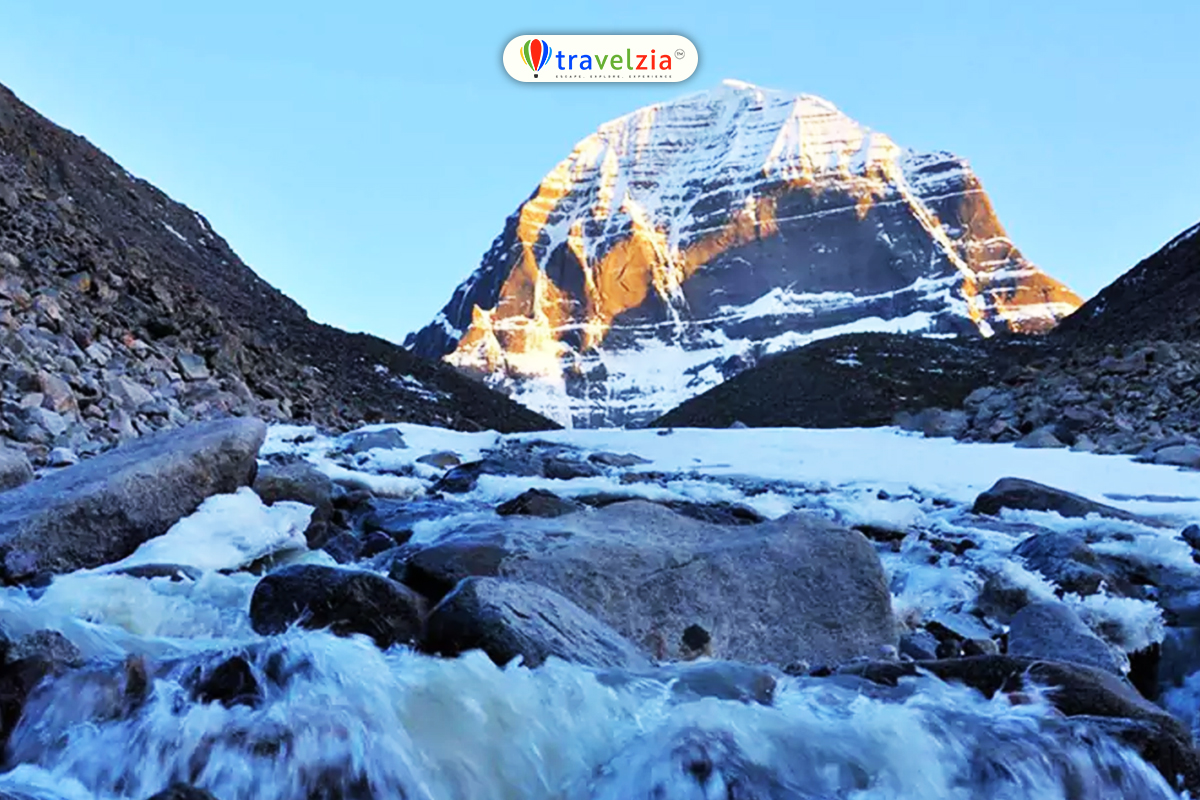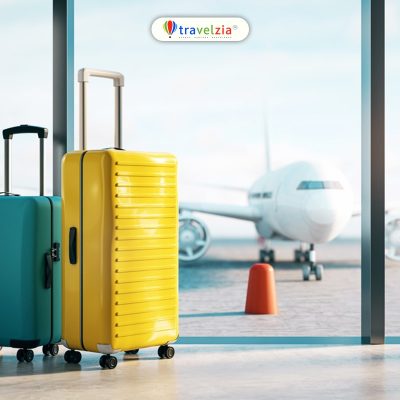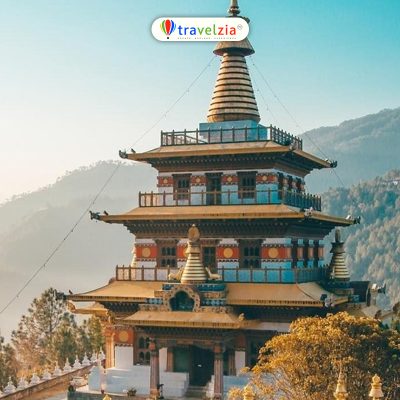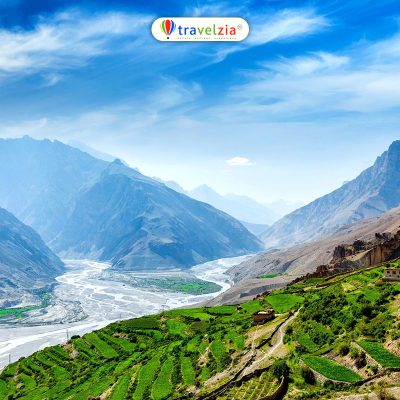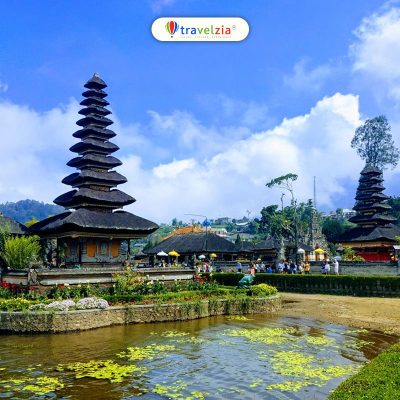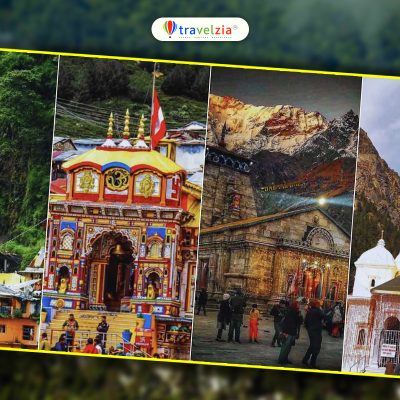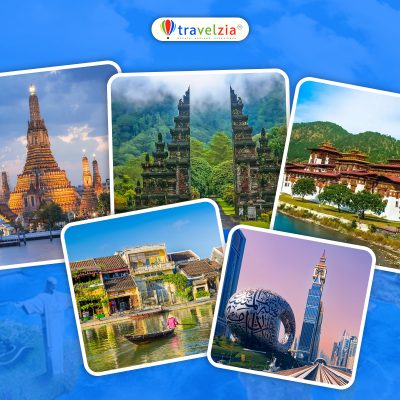The Kailash Mansarovar Yatra is not just a journey—it’s a soul-stirring odyssey that has the power to transform one’s inner world. Countless pilgrims have described this yatra as a deeply spiritual awakening, an experience that goes far beyond the physical realm. For devotees of Lord Shiva, Mount Kailash is not just a destination—it’s the ultimate divine realm, a place where heaven meets earth.
Undoubtedly, the Kailash Yatra acts as a balm for the restless soul, opening the door to peace, clarity, and connection with the eternal. Many returning pilgrims speak of a profound sense of renewal and liberation, as if the mountains whispered ancient truths to them. The sacred Kailash Parikrama is believed to cleanse lifetimes of karma, offering a fresh start and blessings for the path ahead.
But unlike other pilgrimages, this is not an easy route. Mount Kailash sits majestically at the trijunction of India, Nepal, and Tibet (China), surrounded by rugged terrain, thin air, and unpredictable weather. The journey demands physical grit, mental strength, and spiritual readiness. You won’t find bustling markets or luxury hotels here—what you will find is the raw, untouched energy of the divine.
Still, millions of seekers dream of making this pilgrimage at least once in their lifetime. And the good news? With careful planning and the right mindset, even first-time travelers can experience the yatra with clarity, comfort, and confidence.
So, if you’re preparing for your first journey to Mount Kailash Mansarovar, here are 10 essential travel tips you absolutely must know to make this spiritual adventure smoother, safer, and infinitely more meaningful.
1. Best Time to Visit Kailash Mansarovar
The most suitable time for the Kailash Mansarovar Yatra is May to September. During this window, the weather remains relatively stable, and the paths are accessible. June to August is considered peak season. Avoid traveling during late autumn or early spring due to snowfall and landslides that can hinder access.
2. Necessary Permits and Documentation
A successful pilgrimage to Kailash Mansarovar begins long before setting foot on the path—it begins with paperwork and preparation. The journey involves multiple border crossings and high-security zones, so permits are essential. Due to the high-security zones and international borders involved, obtaining the right permits and documents is non-negotiable. This may seem like a technical step, but it’s what opens the door. Whether you travel via Nepal or Tibet, or the Ministry of External Affairs (MEA) route from India, several permits are mandatory. These include:
- Restricted Area Permit (RAP)
- Kailash Mansarovar Yatra Permit
- Chinese Group Visa (for Tibet route)
- Tibet Travel Permit
- Alien Travel Permit
- Foreign Affairs Permit
These permits are crucial, especially for foreign nationals, and must be arranged only through authorized travel agencies or the MEA (for Indian citizens).
Documentation Checklist:
- Valid Passport (with at least 6 months’ validity)
- Recent passport-size photographs
- Medical fitness certificate (especially for high-altitude travel)
- Any government-issued ID (for Indian applicants via MEA)
We strongly recommend applying well in advance, as permit processing can take several weeks. Organized travel operators usually assist with this, helping you focus more on your mental and spiritual preparation than paperwork.
By streamlining your permits and documents, you remove unnecessary stress from your path. With that load off your shoulders, you can surrender more fully to the serenity, silence, and sacredness that Kailash Mansarovar offers.
3. How to Reach Kailash Mansarovar – Best Travel Routes
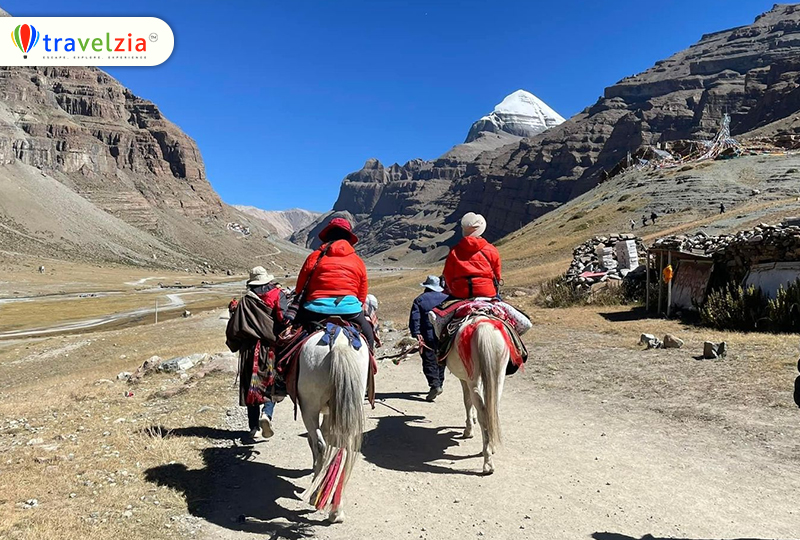
There are two commonly chosen routes:
Via Nepal:
Fly to Kathmandu, proceed to Simikot–Hilsa, and enter Tibet. This route combines short flights and treks and is rich in natural beauty and cultural experiences.
Via Tibet:
Fly into Lhasa, then travel by road to Darchen, the base camp for the Kailash Parikrama. This route involves long road journeys at high altitudes. Each route offers breathtaking views, spiritual touchpoints, and unique terrain. Choose based on your physical fitness, visa accessibility, and preference for scenic or smooth travel.
4. Transportation Options Available
From your home city, you’ll typically:
- Fly to Kathmandu (Nepal) or Lhasa (Tibet)
- Continue via jeeps or buses organized by tour operators
- Trek for 3–4 days around Mount Kailash (Parikrama)
For comfort and safety, most travelers prefer group packages by reputed tour operators that include transport, stay, food, and emergency care.
5. The Importance of Acclimatization
With elevations crossing 6,000 meters, it’s vital to acclimate properly. Spend a few days at intermediate altitudes before reaching high points like Dirapuk or Dolma La Pass. Symptoms of Altitude Sickness (AMS) include headaches, nausea, breathlessness, and dizziness. Give your body time to adjust.
6. Recommended Packing List
Carry light but smart and strategic essentials:
- Warm, layered clothing (thermals, fleece, jackets)
- Waterproof shoes and multiple pairs of socks
- Sunglasses, sunscreen (SPF 50+), and lip balm
- Torchlight, power bank, thermal water bottles
- Sleeping bag, raincoat or poncho
- Basic medicines: Diamox, paracetamol, ORS, and personal prescriptions
Pack your belongings in a backpack you’ll carry and a duffel bag for porters/
7. Health Check-Up & Medical Precautions
Before booking your yatra, get a full health check-up. You must be declared fit for high-altitude travel.
- Avoid the yatra if you suffer from asthma, high blood pressure, cardiac issues, or severe respiratory disorders.
- Carry medications for altitude sickness, dehydration, fever, and body aches.
- Drink only lukewarm water to avoid cold and gut issues.
8. Understand the Terrain & Climate Conditions
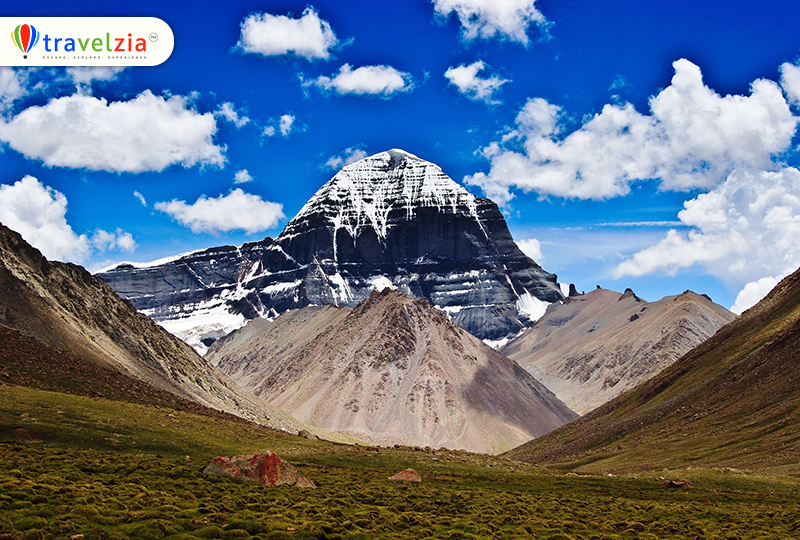
Expect unpredictable weather—from sunny mornings to snow showers by afternoon. Terrain ranges from rocky hills to icy passes. Walk at a steady pace, take breaks, and listen to your body.
9. Food & Hydration Tips
The Yatra is physically draining, so eat light and clean:
- Avoid oily/junk food
- Carry dry fruits, nuts, raisins, energy bars
- Drink plenty of lukewarm water to stay hydrated and regulate body temperature
- Avoid alcohol and smoking during the journey
10. Respect Local Customs and Spiritual Etiquette
This is more than just a trek—it’s a sacred pilgrimage.
- Do not climb Mount Kailash—it is strictly forbidden.
- Perform the Kailash Parikrama clockwise (anti-clockwise for Jains and Bon followers).
- Respect monasteries, monks, and local Tibetan customs.
- Avoid loud conversations, photography in restricted zones, and littering.
Final Words: Let Kailash Transform You
The Kailash Mansarovar Yatra is a rare spiritual privilege. You’re not just walking toward a holy mountain—you’re walking inward, letting go of ego, expectation, and limitations.
Plan wisely. Respect nature. Surrender to the journey.
Because at Kailash, it’s not just the altitude—but the attitude—that elevates you.
Drop your questions or thoughts below, and if this blog is helpful for you, don’t forget to share it!
1. Is it possible to travel independently to Kailash Mansarovar?
No. Due to the sensitive location, independent travel is not allowed. You must book your yatra through the Ministry of External Affairs (India) or an authorized travel agency that handles permits, logistics, and safety.
2. Can I Bring My Own Food or Snacks?
Yes, carrying dry snacks is recommended. Non-perishable, energy-rich items like dry fruits, protein bars, and glucose powder are ideal. However, avoid strong-smelling or culturally inappropriate foods like non-vegetarian items in sacred zones. Always pack light and check customs rules if crossing borders.
3. What Are the Common Cultural Misconceptions About Kailash Mansarovar?
Many travelers mistakenly believe that Kailash can be climbed or touched—it cannot. Mount Kailash is considered so sacred that no human has ever set foot on its summit, out of deep respect. Another misconception is treating it like a typical trek; the yatra is both physically challenging and spiritually profound. It demands humility and reverence, not just stamina.
4. How Physically Fit Do I Need to Be for the Yatra?
You don’t need to be an athlete, but a moderate to high level of physical endurance is required. Practice walking or light trekking daily for a few weeks before the journey. Include breathing exercises, stretching, and cardio to prepare for the altitude and uneven terrain.
5. Is It Safe for Senior Citizens or People with Health Issues?
Only if medically cleared. Senior citizens and individuals with heart, lung, or chronic health conditions must undergo a comprehensive check-up before the yatra. The high altitude and remote conditions can be intense, so it’s advisable to consult a doctor and possibly choose a slower, easier route.
6. Can I Use My Mobile Phone or Internet During the Yatra?
Mobile connectivity is very limited and often non-existent, especially in high-altitude or remote areas of Tibet and Nepal. Some locations may have basic satellite phones or WiFi in guesthouses, but don’t rely on it. Inform family members in advance and embrace the digital detox—it enhances the spiritual experience.


